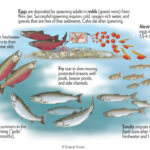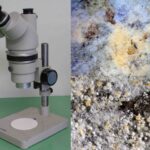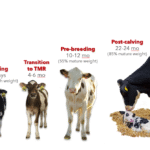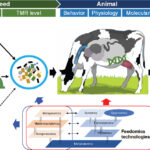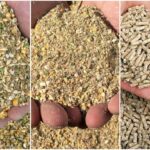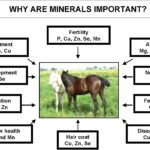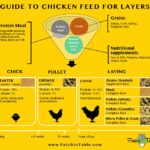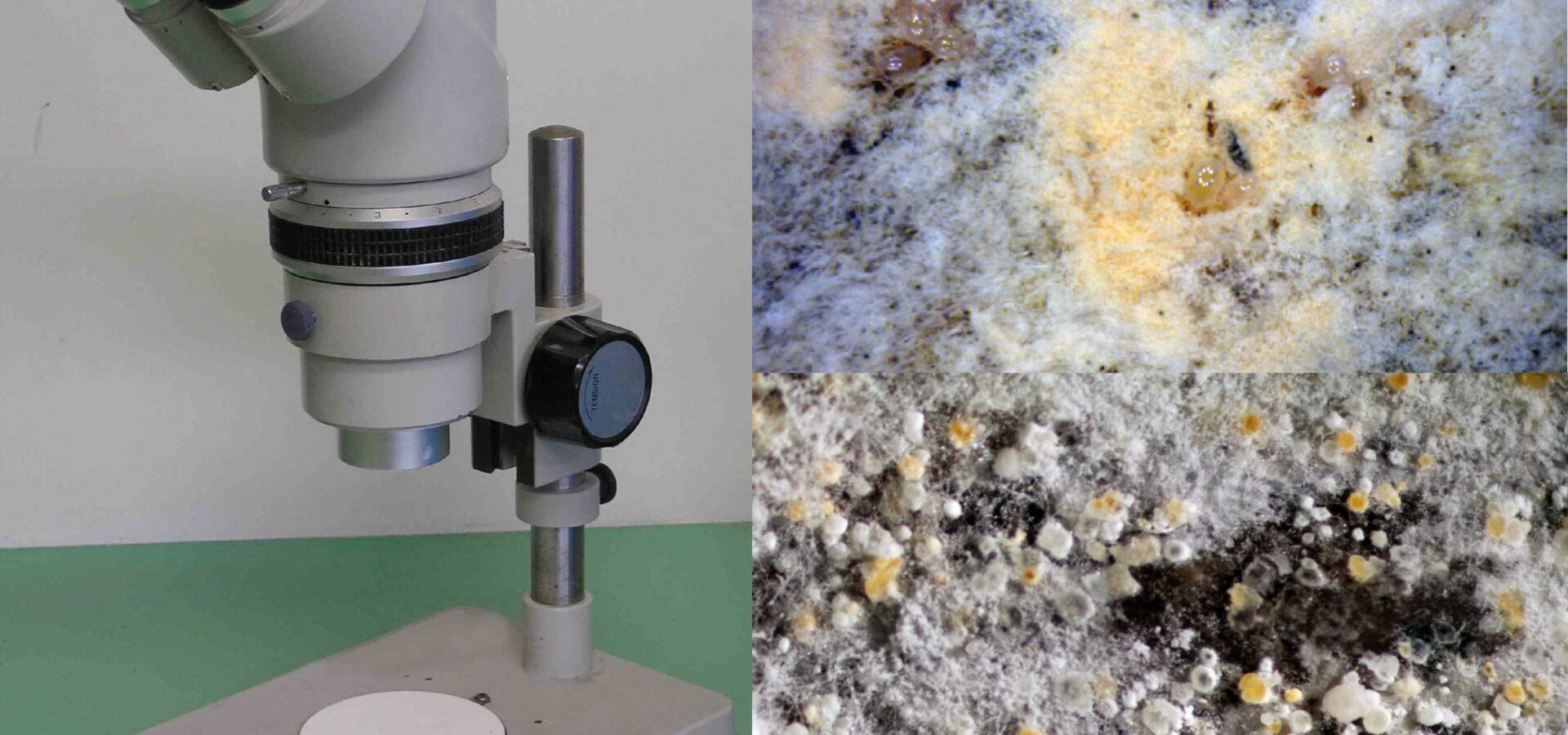About Aquaculture
Aquaculture, also known as aquafarming, is the practice of cultivating aquatic organisms such as fish, shellfish, crustaceans, algae, and other marine plants in controlled environments. It involves breeding, rearing, and harvesting these organisms for food, commercial, and other purposes. Aquaculture is an important sector for producing seafood, supporting livelihoods, and contributing to food security. Types…

